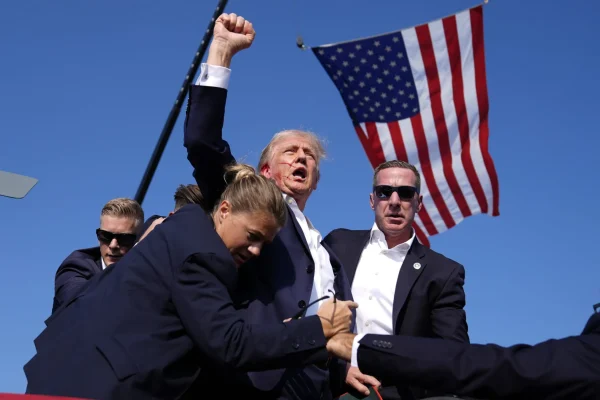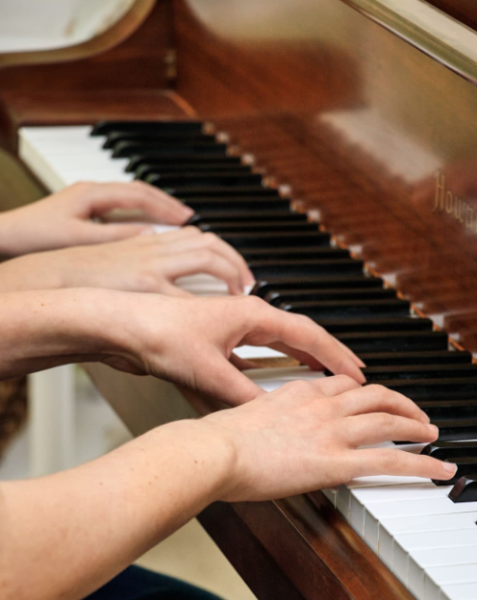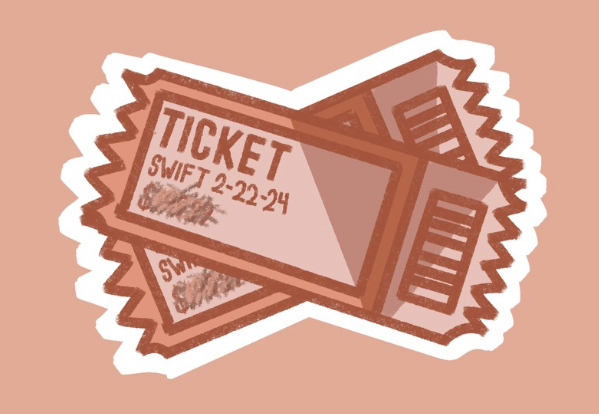Slam poetry should be better incorporated in English classes

Across the globe, people use their voices in the world of slam poetry.
As a reading enthusiast myself, I have certainly heard of the term “slam poetry” before. Until recently however, I never understood exactly what it was. School only taught me about traditional poetry; upon entering high school, the only time poetry was brought up was when Shakespeare was involved. In other words, I had no way of knowing what slam poetry was until it was introduced in my creative writing elective.
Slam poetry: a form of poetry that combines writing with performance, where the language does not necessarily have to rhyme, rather it must make an impact with how it is spoken. This definition, while at first glance seems intimidating to any non-theatrical people, actually conveys something much more significant. The language does not have to rhyme. To anyone like me, this would come as a surprise as I have been taught since as early as elementary school that poems must rhyme and there must be some sort of “pattern.” With slam poetry, that is not the case.
What makes slam poetry so impactful is the way it’s performed. The speaker emphasizes certain words, bringing their voice down for certain parts, and raising their voice to the point of yelling for others. It can be performed in groups as well, which almost always makes a statement. When the poem is performed in a group, the group members usually stand in a certain formation, or speak the words differently, as opposed to when one person performs. So while the language of the actual poem is important, it is really the way in which it is delivered that really makes the poem.
While there are definitely slam poems that have a lighter tone to them, slam poetry is most famously known for its connection to societal issues. Most poets will use their poem and their performance to bring attention to a specific social issue, always leaving an impact with the audience.
Since learning about slam poetry, I have probably spent a collective four to five hours watching video performances. Because slam poetry can be considered a competitive arts event, there are countless videos online and I have no shortage of favorites.
With all of this being said, I am astonished by the fact that slam poetry is not more emphasized in our English classes. While it is understandable that English teachers may not be able to fit an entire slam poetry unit into their curriculum, introducing a poetry unit with a slam poetry video (which is typically two to three minutes long), should not be the most difficult thing to do. It will give students the opportunity to be exposed to an art form that they wouldn’t otherwise be exposed to and it may even encourage them to learn more about poetry on their own.
Before this year, poetry has always been a source of annoyance for me, but I can confidently say that had I been introduced to this form of poetry long ago, I would have been more inclined to write poems, whether in slam form or not. I encourage all English teachers, specifically high school teachers, to incorporate some form of slam poetry into their lessons to hopefully encourage teenagers to rethink their outlook on poetry.

Brielle Lampf is one of Eastside’s Editor-In-Chiefs for the 2022-2023 school year and she is currently a senior! You can always catch Brielle at an Interact...








